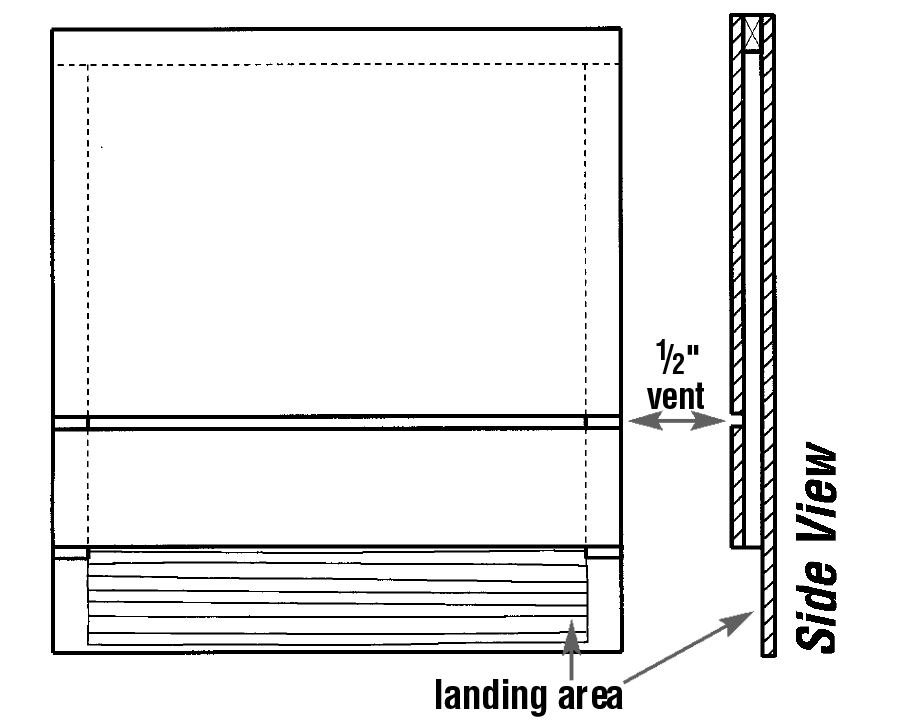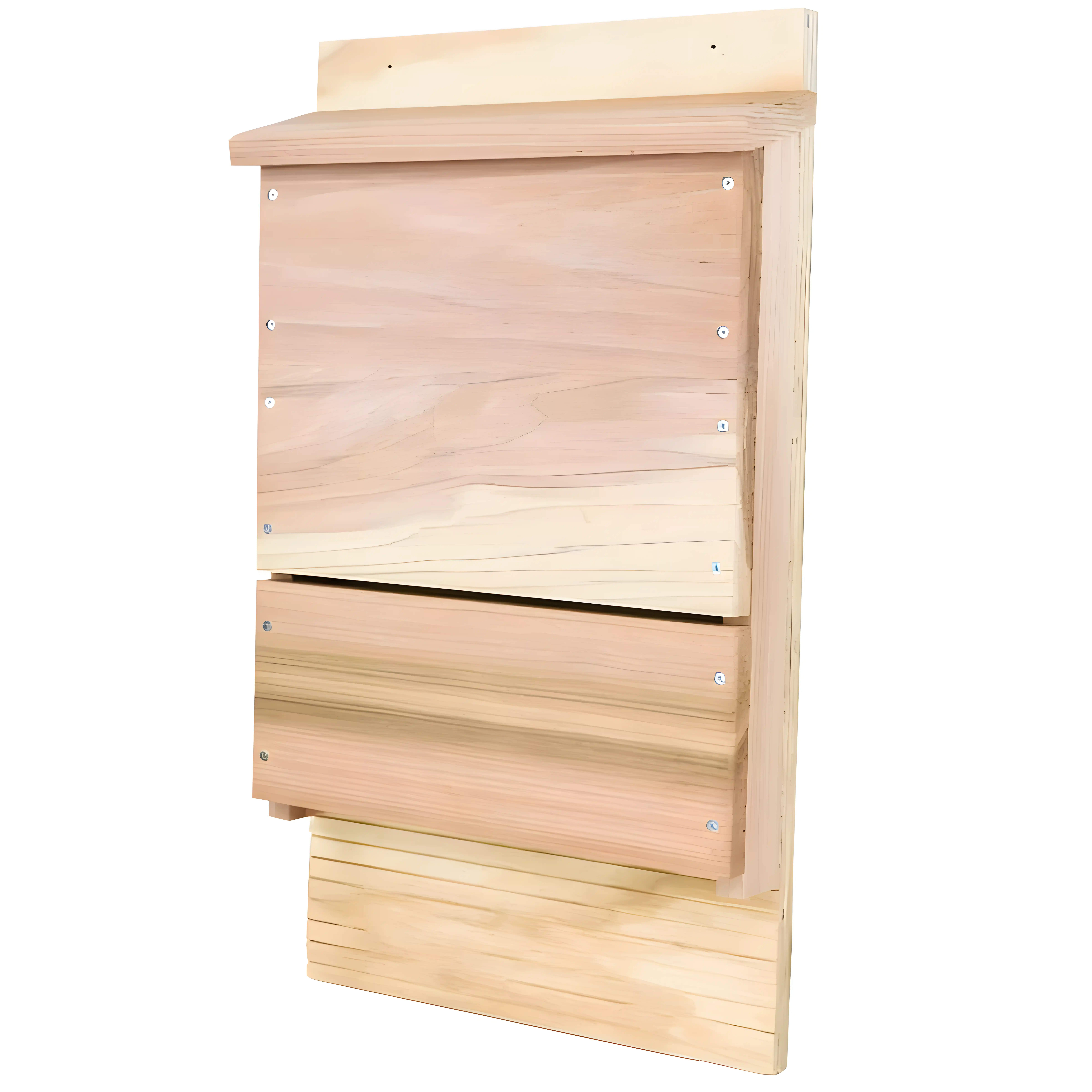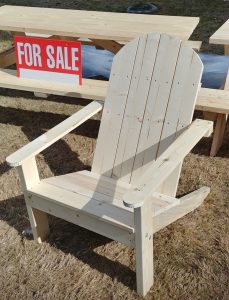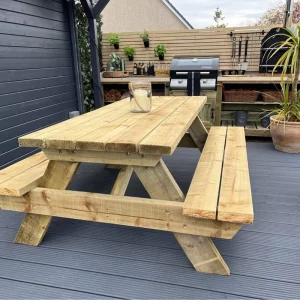Materials (Makes One House)
- 1⁄4 sheet (2′ x 4′) 1⁄2″ AC, BC, or T1-11 (outdoor grade) plywood
- One piece 1″ x 2″ (3⁄4″ x 1½” finished) x 8′ pine (furring strip)
- 20 to 30 exterior-grade screws, 1″
- One pint dark, water-based stain, exterior grade
- One pint water-based primer, exterior grade
- One quart flat, water-based paint or stain, exterior grade
- One tube paintable latex caulk
- 1″ x 4″ x 28″ board for roof (optional, but highly recommended)
- Black asphalt shingles or galvanized metal (optional)
- 6 to 10 roofing nails, 7⁄8″ (if using shingles or metal roofing)
Recommended Tools
- Table saw or handsaw
- Caulking gun
- Variable-speed reversing drill
- Paint brushes
- Screwdriver bit for drill
- Hammer (optional)
- Tape measure or yardstick
- Tin snips (optional)
Optional Modifications
Wider Bat Houses
Larger bat houses can be built by adjusting dimensions for the back and front pieces. A ¾” support spacer may be needed for widths over 24″ to prevent warping.
Taller Bat Houses
For more temperature diversity, use a 2′ x 8′ piece of plywood and cut:
- 51″ x 24″
- 33″ x 24″
- 12″ x 24″
Follow the same assembly steps with two 8′ furring strips cut into one 24″ and two 44″ pieces.
Two Bat Houses Back-to-Back
For a three-chamber nursery house, mount two bat houses back-to-back between two poles. Cut a horizontal ¾” slot in the back of each house 9″ from the bottom for bat movement. Use two pieces of wood (1″ x 4″ x 4¼”) screwed horizontally to each side to join the two boxes, leaving a ¾” space between them. Attach a galvanized metal roof covering both houses to protect from rain.
Cold Climate Adjustments
In colder climates, ventilation may not be necessary. Use a single 23″ front piece for better insulation. Smaller bat houses like this one are less successful in cool climates, but mounting on buildings helps maintain thermal stability.
Plastic Mesh for Footholds
Attach a 20″ x 24½” piece of durable plastic mesh to the backboard before assembly for added grip. Ensure that the rear exit slots are not covered by mesh.
Construction Steps
- Measure and cut plywood into three pieces:
- 2 pieces – 6½” x 24″
- 1 piece – 16½” x 24″
- 1 piece – 5″ x 24″
- Roughen the inside of the backboard and landing area by cutting horizontal grooves with a sharp object or saw. Space grooves ¼” to ½” apart, cutting 1/32″ to 1/16″ deep.
- Apply two coats of dark, water-based stain to interior surfaces. Do not use paint, as it will fill grooves.
- Cut furring strip into one 24″ and two 20½” pieces.
- Attach furring strips to back, caulking first. Start with the 24″ piece at the top. Roost chamber spacing is ¾”.
- Attach front to furring strips, top piece first (caulk first). Leave a ½” vent space between top and bottom front pieces.
- Caulk all outside joints to further seal roost chamber.
- Attach a 1″ x 4″ x 28″ board to the top as a roof (optional, but highly recommended).
- Apply three coats of paint or stain to the exterior (use primer for the first coat).
- Cover roof with shingles or galvanized metal (optional).
- Mount on a building (south or east sides usually best).




